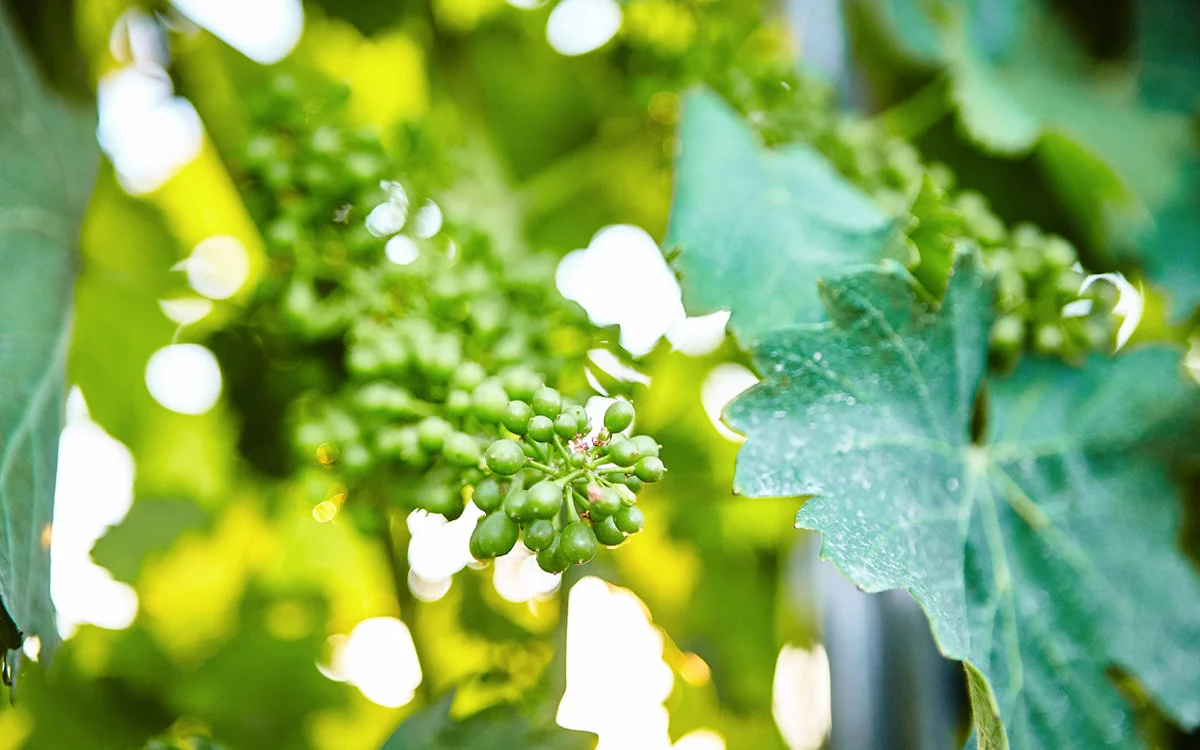History of the grape
Marsanne is native to the northern Rhône valley in France. In the northern Rhône, the varietal has traditionally been blended with Roussanne to bring acidity to the blend. When grown in the right place, picked at the right time, and not overcropped, Marsanne can produce balanced wines. Marsanne produces excellent wines in Switzerland and in nearby Savoie, where it is known as Grosse Roussette. Marsanne is used in blends throughout the Languedoc, and interestingly not one of the varieties permitted in Chateauneuf du Pape. Marsanne can produce excellent, age worthy wines, and is gaining greater notoriety in California.

The Terrior
Marsanne grows well in vineyards with a terroir of clay, granite, chalk and limestone soils. These soils are typical of those that are found in the Northern Rhône Valley, Paso Robles and in our vineyard which has areas of clay/loam and decomposed granite. From the literature I have read, the vines, can take a long time to mature and gets more interesting after 10 years. Our Marsanne was planted in 2013 so we will need to patiently wait for our vines to mature! The good news is that the Marsanne grape vines can live a long time and there are some vineyards with vines older than 100 years.
The Fruit
The grapes are small in size, with a skin that combines gold, green and brown hues. At Domaine Artefact, we green crop and try to pick just before it achieves optimum levels of ripeness, to retain as much acidity as possible. We perform battonage daily for mouthfeel and age in stainless steel to retain freshness to the wine. Our goal is to produce a balanced wine that offers a true expression of the varietal.
